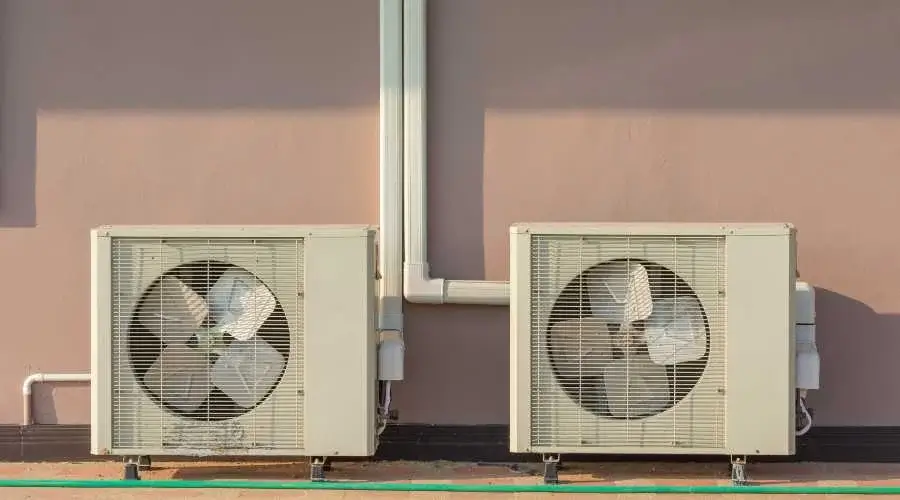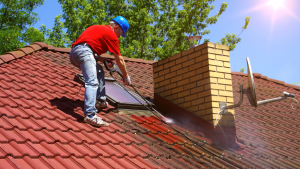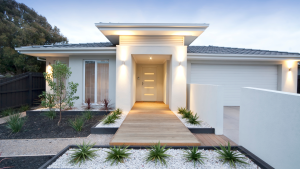When it comes to selecting the right siding material for your home, the choices can be overwhelming. Each type of siding has its own unique advantages and drawbacks, making the decision-making process a challenging one. Among the standout options is stucco siding, which is often compared to other common siding materials. In this article, we’ll delve into the features, pros, and cons of stucco siding compared to other options, providing you with the information you need to make an informed choice for your home’s exterior.
The Allure of Stucco Siding
Stucco siding has been a favored choice for centuries, renowned for its timeless elegance, versatility, and durability. It is a cement-based material that is applied to the exterior walls of a building, creating a smooth and seamless finish. One of the key attractions of stucco is its ability to transform any architectural style, from traditional to modern, with its clean lines and classic appeal. Moreover, stucco comes in various textures and can be customized with different colors, allowing homeowners to achieve their desired look.
Benefits of Stucco Siding
1. Durability: Stucco is a highly durable material that can withstand the test of time and diverse weather conditions. It is resistant to rot, pests, and fire, making it a long-lasting investment for your home.
2. Energy Efficiency: Stucco siding has excellent insulation properties, helping regulate indoor temperatures and reduce energy consumption. This can lead to lower heating and cooling costs over time.
3. Low Maintenance: Once properly installed, stucco requires minimal maintenance. Regular cleaning and inspections for cracks are generally sufficient to keep it in top condition.
4. Design Versatility: Stucco can be shaped and textured in numerous ways, allowing homeowners to create unique and eye-catching architectural elements.
5. Noise Reduction: The thickness and density of stucco help reduce external noise, creating a quieter and more peaceful interior environment.
Other Siding Options
While stucco has its merits, let’s explore some common alternatives to provide a well-rounded perspective.
1. Vinyl Siding: Vinyl siding is a popular and cost-effective choice. Made from PVC, it comes in a wide range of colors and styles. Vinyl siding is relatively easy to install and requires minimal maintenance. However, it may not offer the same level of durability and energy efficiency as stucco.
2. Fiber Cement Siding: Fiber cement siding is a composite material made from cement, sand, and cellulose fibers. It is durable and fire-resistant, and it can mimic the appearance of wood, brick, or stucco. Fiber cement siding requires periodic painting and maintenance but is generally more robust than vinyl siding.
3. Wood Siding: Wood siding exudes natural beauty and charm, giving homes a rustic and timeless look. However, it requires regular maintenance, such as painting or staining, to protect it from moisture and pests. Wood siding may not be as durable as stucco or fiber cement and could be prone to rotting and warping over time.
4. Brick Veneer: Brick veneer offers the aesthetic appeal of traditional brickwork at a lower cost. It is a thin layer of bricks applied to the exterior walls and requires minimal maintenance. While brick veneer provides good durability, it may not offer the same level of insulation as stucco.
5. Metal Siding: Metal siding, made from aluminum or steel, is a durable and weather-resistant option. It can be painted in various colors and styles, providing design flexibility. However, metal siding may not be as energy-efficient as stucco and could be prone to dents and corrosion.
Choosing the Right Option for Your Home
When selecting the ideal siding option for your home, consider factors such as your budget, architectural style, climate, and personal preferences. Consulting with a professional contractor, such as Jersey City Stucco Contractors, can provide valuable insights and guidance tailored to your specific needs.
Stucco siding remains an attractive choice for homeowners seeking durability, energy efficiency, and design versatility. Its timeless appeal, coupled with its numerous benefits, makes it a compelling option for transforming your home’s exterior finish.
Frequently Asked Questions
1. Can stucco be applied over existing siding?
In some cases, stucco can be applied over existing siding materials. However, it is essential to evaluate the condition and suitability of the existing siding before proceeding with stucco installation.
2. How long does stucco siding last?
With proper installation and maintenance, stucco siding can last for several decades. The longevity of stucco largely depends on factors such as climate, maintenance, and the quality of the installation.
3. Can stucco be painted?
Yes, stucco can be painted to refresh its appearance or change the color. It is important to use high-quality exterior paint designed specifically for stucco surfaces and follow proper preparation and application techniques.
4. Is stucco siding suitable for all climates?
Stucco can be suitable for a wide range of climates, including both dry and humid regions. However, proper installation techniques and moisture management strategies are crucial in areas with high rainfall or extreme temperature fluctuations.
5. What is the cost difference between stucco and other siding options?
The cost of stucco installation can vary depending on factors such as the size of the home, the complexity of the project, and regional labor and material costs. Obtaining quotes from reputable contractors is recommended to assess the cost difference between stucco and alternative siding options.




